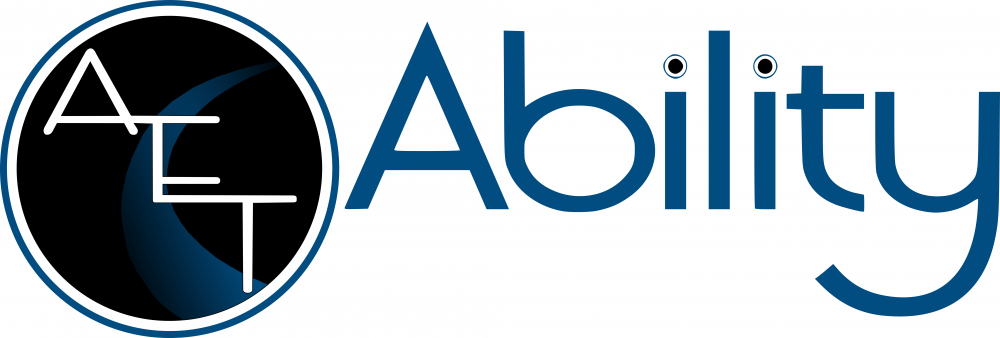Oil and gas pipelines are vital arteries that transport energy resources across countries and continents. They play a critical role in maintaining the global energy supply chain, which powers economies and sustains our modern way of life. However, oil and gas pipeline leak can have severe consequences for the environment, public safety and the economy.
Consequently, due to the necessity of mitigating that potential, the detection market has emerged as a crucial sector in the energy industry. Component makers play a vital role in ensuring the reliability and efficiency of these systems.
Growing Need for the Detection Market
The demand for energy is growing steadily as global populations expand, and economies continue to develop. This increasing demand has led to the expansion of pipeline networks, spanning thousands of miles across varied terrains and environmental conditions. The larger these networks become, the more complex it is to maintain their integrity and safety.
Oil and gas pipeline leak poses risks to public safety and leads to substantial financial losses for pipeline operators. Furthermore, accidents resulting from pipeline leaks can harm the reputation of the energy industry and attract stringent regulations, affecting the business prospects of operators.
A Stronger Oil and Gas Pipeline Leak Detection Market
To address these concerns, the detection market has been focusing on developing innovative technologies and components that can quickly and accurately identify and locate leaks. Component makers in this detection market play a crucial role in advancing these technologies and enabling operators to detect and prevent leaks more effectively.
Roles of Component Makers and Oil and Gas Pipeline Leak Detection
Component makers are at the forefront of technological innovation in the oil and gas pipeline leak detection market. They invest in research and development to create cutting-edge components that enhance the capabilities of these systems. These advancements include the use of acoustic and ultrasonic sensors, fiber-optic sensing, infrared technologies, vapor sensing and real-time transient models (RTTM) for more accurate and efficient results.
Customization and Integration
Each pipeline network has unique characteristics, such as the type of product being transported, the operating environment, and the materials used in the pipeline. Component manufacturers must develop components that can be customized to suit the specific requirements of different pipeline systems. This includes offering tailored solutions that can be easily integrated into existing pipeline infrastructure without causing disruptions or requiring significant modifications.
Quality and Reliability
The efficiency and effectiveness of a leak detection system are highly dependent on the quality and reliability of the components used in the system. Component makers must adhere to stringent quality standards to ensure that their products perform consistently and accurately in detecting and locating pipeline leaks. This entails the implementation of rigorous quality control measures, thorough testing procedures, and certifications to guarantee that their components meet the high standards demanded by the energy industry.
Regulatory Compliance
Component makers in the oil and gas pipeline leak detection market must comply with various national and international regulations related to pipeline safety and environmental protection. These regulations often dictate the minimum performance requirements and specifications for leak detection components. By ensuring that their products comply with these regulations, component makers can help pipeline operators avoid penalties, maintain their licenses, and minimize the risk of accidents and environmental incidents.
Training and Support
The effectiveness of a leak detection system is also dependent on the knowledge and skills of the operators who use and maintain the system. Component makers can play a vital role in providing comprehensive training and support to pipeline operators, ensuring that they understand the features and functions of the components and can use them effectively to identify and locate pipeline leaks.
Conclusion
In conclusion, manufacturers of vital components in the leak detection market play a critical role in ensuring the safe and efficient operation of pipeline networks around the world. Their expertise in developing innovative technologies, customizing solutions, maintaining quality standards, and complying with regulations makes them indispensable partners for pipeline operators.
By investing in research and development, component makers continue to push the boundaries of leak detection technology, helping to minimize environmental damage, reduce safety risks, and avoid costly financial losses for the energy industry.
At Ability Engineering, our focus is on meeting the unique manufacturing needs of those operating in markets such as leak detection, an industry contributing to a more sustainable and secure energy future for all.

Recent Comments